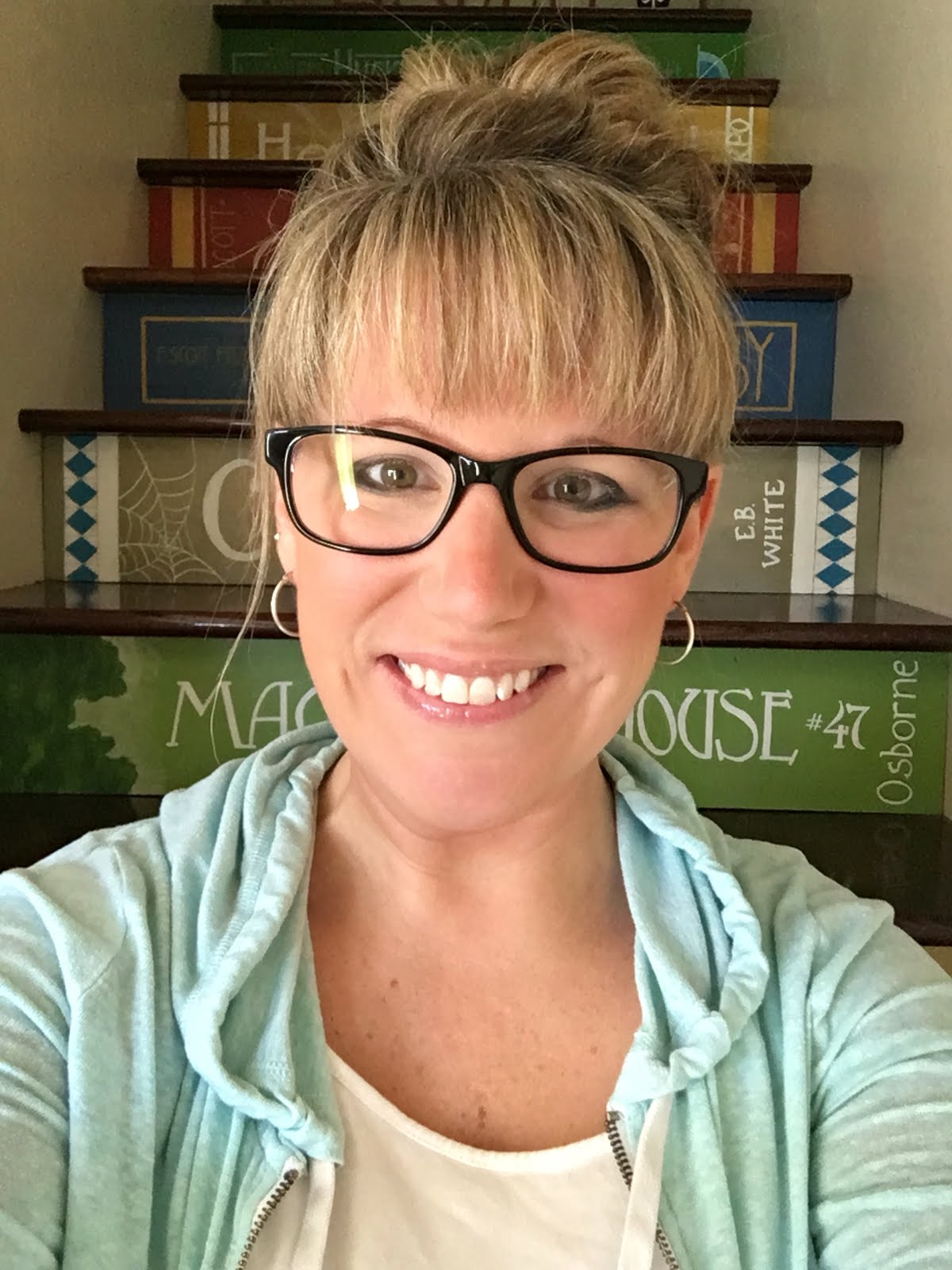If you are familiar with the Food Network show, Chopped, you know that the premise of the show is to give the contestants a basket of random foods/ingredients and they are charged with the task of creating something tasteful and visually appealing within a certain time frame. The chefs work hard using their prior experience, professional judgement, and resources to plan, implement, create, adjust and deliver/present. They are then given feedback and a chance to reflect - in which they may even plan to alter their recipe for next time.
Isn't that a lot like teaching? We are often handed a mixed bag of items (curriculum, resources, a class list with students of various needs and personalities, tools/materials, a dash of technology, and a full schedule) and are given a chance to create the very best recipe for a successful school year.
Fortunately, unlike the show, we are not as restricted on time. Although educators have a lot of deadlines and due dates in our profession, we also have the whole school year to implement, practice, refine, and re-teach or re-define! We use best practice and years of experience to create a classroom climate where students are hungry to learn, and devour a buffet of appealing lessons, activities and projects along the way.
As I have developed my own teaching practices over the years, I have taken a special interest in educational technology and placed an emphasis on purposefully integrating technology into my lessons and activities. Blended learning is the term given to the art of (seamlessly) integrating technology with intention and purpose.
The definition of blended learning is a formal education program in which a student learns:
- at least in part through online learning, with some element of student control over time, place, path, and/or pace;
- at least in part in a supervised brick-and-mortar location away from home;
- and the modalities along each student’s learning path within a course or subject are connected to provide an integrated learning experience.
There are a plethora of resources to dig in-depth about blended learning and develop a blended learning classroom. That's for another time. For now, let's just take the definition of blended learning to understand what it is and see how it relates to some random classroom items, otherwise known as the "Chopped Challenge". Here they are: a pencil, a police car, crayons, and legos.
How do these items relate to blended learning?
Well, it's important to note that any good lego structure has a solid base/foundation. From there, you can build up. Once you have a solid foundation of classroom teaching and you feel comfortable and confident in what you do, you can build upon your skills to create a blended environment adding to it little by little. While your tower of expertise gets taller, you may even consider adding additions and expanding outward to create a bigger network of resources as blended educators do. I certainly do not know any architects, engineers or builders who work solely on their own, and educators are not meant to do that either. It's all about strong foundations and learning from each other. In the beginning, don't worry if your tower falls down a little, or even a lot. Persevere and keep trying. Remember, you haven't been 'chopped' from the cast. It's your show and your name is on the door, so get up and rebuild or redesign when necessary.
The pencil is there to remind us that when you embark on your blended learning journey, you might feel dull and brand new. Good! That just means you have lots of room to grow and sharpen your mind and skill set. If you make mistakes, and you will, erase/delete/backspace and try again.
The crayons remind us that you can't be afraid to color outside the lines. Learning is messy, there is no one right way, and sometimes you have to blaze your own trail. Blended learning is a mixed mode of traditional learning infused with meaningful technology to enhance, extend, and enrich learning. Get colorful and have fun in your classroom!
The police car represents your safety net in your educational community. Those people will support you when you try something new in your classroom, guide you and offer advice when needed, and as with driving any car or learning something new, we have to 'go slow to go fast' (a mantra we often hear in our district 😃). When you get the hang of it, your classroom will be a 'force' to be reckoned with!
Lastly, once you get the ball rolling, you will need something like an envelope, folder, cloud storage, or whole external hard drive to safely tuck away the hundreds upon hundreds of resources, ideas, sample teaching videos, etc. that you will want to squirrel away and put to good use.
Many of the analogies above could be applied to the student perspective as well.
I am excited to continue another year of growing professionally, and for my students to embark on a blended learning journey. Here's to the 2017-2018 school year!
#MichiganVirtual
#Learn.BLEND.Lead














































